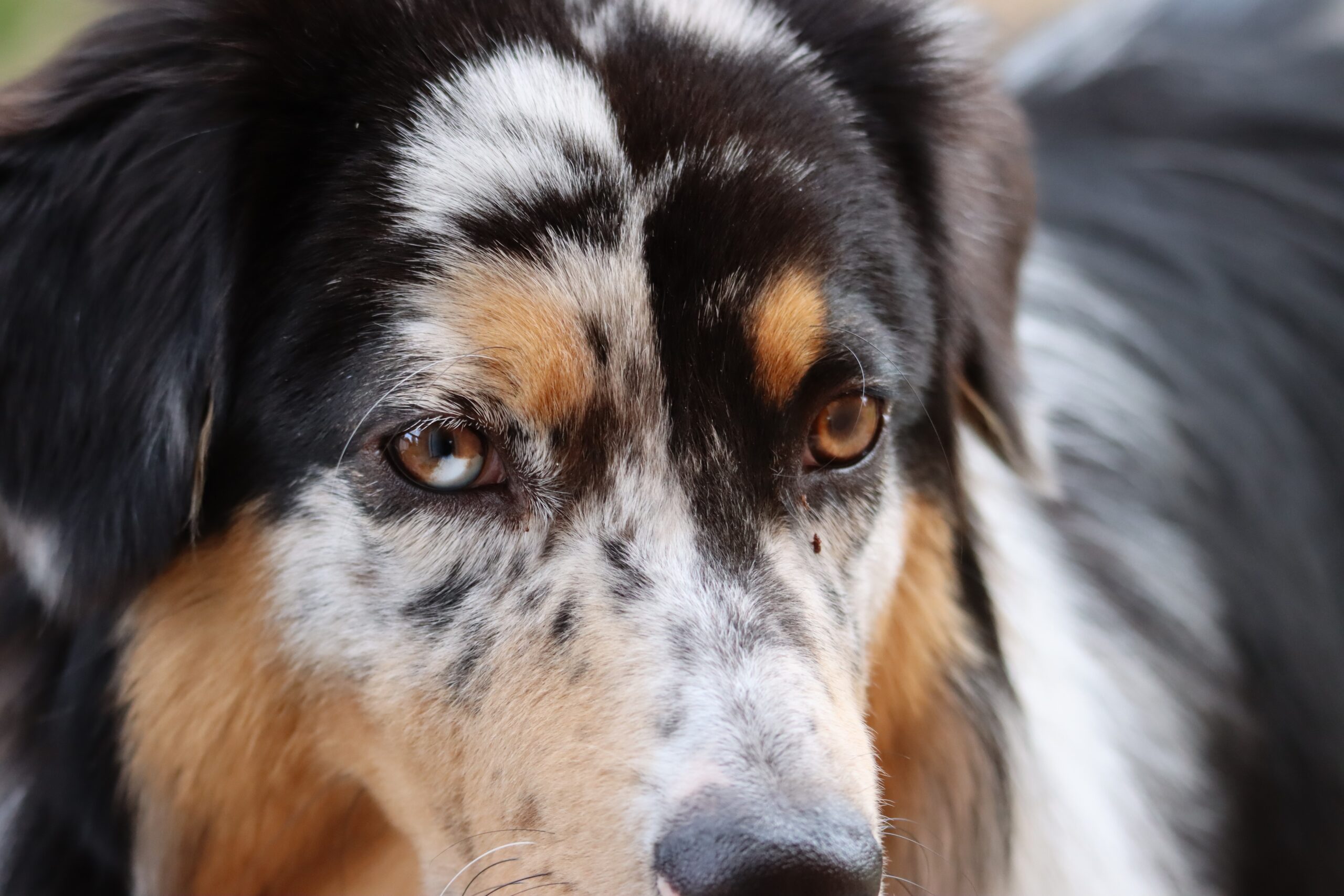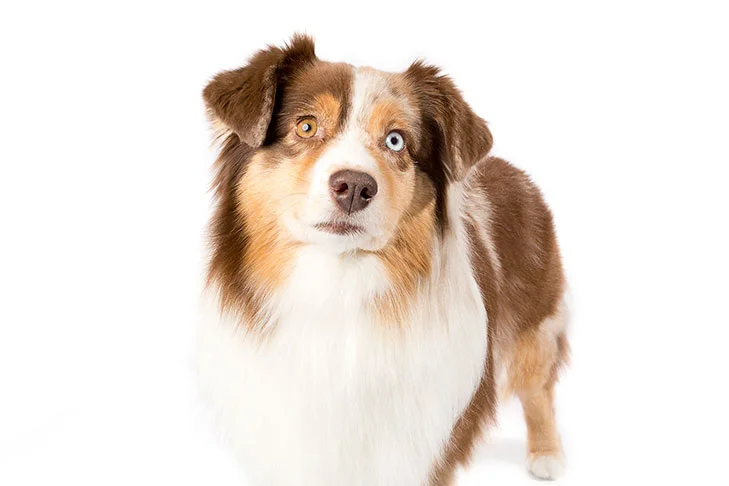The Miniature American Shepherd looks like a miniature Australian Shepherd. Minis are brilliant, self-motivated workers and endearingly devoted and vivacious companion dogs with an affection for horses, despite their small stature. The Miniature American Shepherd is similar to its forefather, the Australian Shepherd, but on a smaller scale. Females range in height from 13 to 17 inches at the shoulder, while males range from 14 to 18 inches. Minis, despite their small stature, are true herding dogs: active, flexible, robust, and exceptionally clever. The striking coat is available in black, blue merle, scarlet, and red merle. (The merle will have marbling, flecks, or blotches in any amount.) Minis move with the smooth and nimble step of a dog built for hard work.
Miniature American Shepherd
Average sizes and life
expectancy of the breed.
Height
14-18 inches (male)
13-17 inches (female)
Weight
20-40 pounds
Life Expectancy
12-13 years
Breed Traits & Characteristics
About the Breed

Owning a dog is not just a privilege; it’s a responsibility. They depend on us for, at minimum, food and shelter, and deserve much more. When you take a dog into your life, you need to understand the commitment that dog ownership entails.
 Health
Health
Recommended Health Tests From the National Breed Club:
- Hip Evaluation
- PRA Optigen DNA Test
- MDR1 DNA Test
- Ophthalmologist Evaluation
 Grooming
Grooming
 Exercise
Exercise
 Training
Training
 Nutrition
Nutrition
The Miniature American Shepherd should do well on high-quality dog food, whether commercially manufactured or home-prepared with your veterinarian's supervision and approval. Any diet should be appropriate to the dog's age (puppy, adult, or senior). Some dogs are prone to getting overweight, so watch your dog's calorie consumption and weight level. Treats can be an important aid in training, but giving too many can cause obesity. Learn about which human foods are safe for dogs, and which are not. Check with your vet if you have any concerns about your dog's weight or diet. Clean, fresh water should be available at all times.
History
Small-size Australian Shepherds spotted working the American rodeo circuit in the 1960s were selectively bred to be even smaller. The Miniature Australian Shepherd was the original name for the new breed. “They became especially popular with equestrians traveling to horse shows, as their intelligence, loyalty, and size made them an excellent travel companion,” the Miniature American Shepherd Club of the USA specialists explain. “In this way, their popularity spread across the country.”




